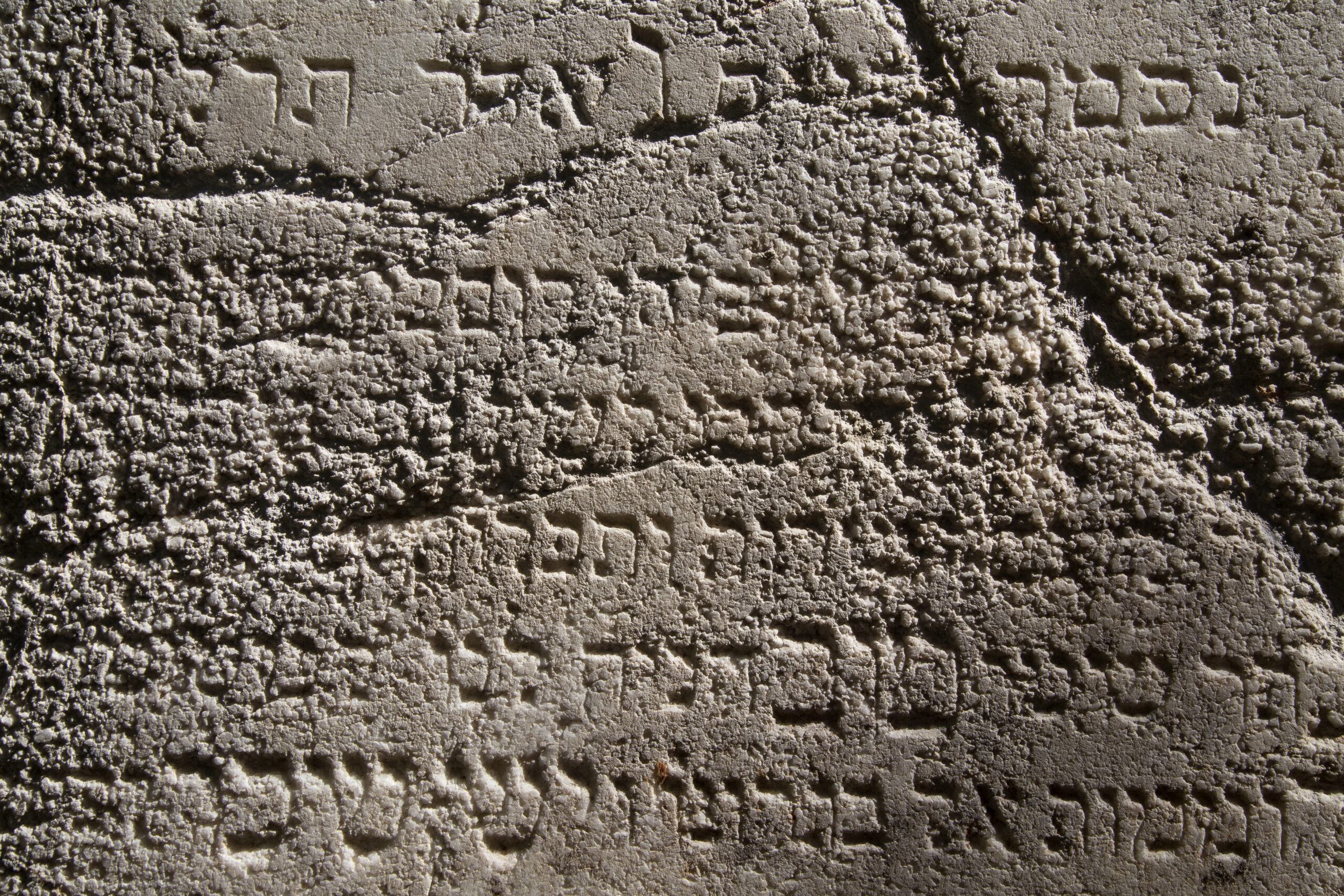What are the Targums?

An ancient collection of Aramaic translations and paraphrases of the Hebrew Scriptures, the Targums provide a unique and enriching perspective on ancient Jewish wisdom. The Targums often incorporated a highly literal rendering of Hebrew to Aramaic with added material, usually from Jewish Rabbis. Thus, from the Targums, we glimpse how the Jewish Rabbis and their people viewed and interpreted the Scriptures.
Some of the Targum translations, based on recent scholarship, may have been written pre-70 AD. Thus, for followers of Jesus today, exploring the Targums can deepen our understanding of the cultural and religious context in which Jesus lived and preached. These translations invite us to grow deeper in our understanding of the Scriptures and call us to a deeper appreciation for the rich heritage of our faith.
Let’s briefly examine the history of the Targums, their significance for the Jewish people, and their relevance for modern Christians seeking a deeper, more ancient connection with their faith.

Origins of the Targums
The Targums emerged during a time of religious growth but declining Biblical literacy. Dated around the time of the Second Temple, these Aramaic translations helped bridge the gap between the Scriptures and the Jewish people.
Many Jews at this point in history no longer spoke or understood the Hebrew language due to various factors such as:
The Babylonian Exile
Many Jews were taken away during the Babylonian exile in the 6th century B.C. As a result, the Jewish people were immersed in another culture with a different language. This long-term exile from their homeland contributed to the gradual decline of their native language.
The Adoption of the Aramaic Language
Aramaic became the predominant language of the region, slowly replacing the Hebrew language among the Jewish people. Through daily use of the Aramaic language, the Jewish people gradually lost the ability to speak and understand their native tongue.
Synagogue Worship
As the Jewish people returned to their homeland after the exile, they re-entered synagogue worship. While the Temple priests preserved their native Hebrew language through liturgy and Scripture, the Jewish people’s understanding of that language was decreasing.
Due to this change in culture, translations and paraphrases were developed to ensure the Jewish people could understand the Scriptures and put them into practice. Through the Targums, wisdom from the Scriptures was preserved and imparted to people who could no longer understand the Hebrew language. As a result, the Jewish people could understand the teachings of Scripture and practice them realistically.
The Targums also preserved the Jewish people’s oral traditions as they were passed down from generation to generation. Creatively paraphrasing the Biblical narrative, the Targums provided further details for various passages of Scripture, expanding the hearer’s understanding of the Biblical text.
However, to prevent misconceptions and misinterpretations of the Scriptures, a professional interpreter known as a meturgeman was put into place to provide accurate and orthodox Biblical teachings. A meturgeman expounded on and explained what was obscure, adjusted the incidents of the past to the ideas of later times, emphasized the moral lessons to be learned from the biblical narratives, and adapted the rules and regulations of the Scriptures to the conditions and requirements of the current age.
At a time when the Jewish people could no longer understand their native language, the Targums played a vital role in imparting the wisdom of God to His people, connecting them in a more profound way to God and their faith.
The Deep Well of Jewish Tradition in the Targums
Incorporating rich traditions from the Jewish community, the Targums use elements of the Midrash, an ancient method for interpreting the Scriptures, to weave together theology, ethics, and morality.
Since the Jewish people couldn’t understand the Hebrew liturgy and readings during worship, their ability to worship God and put their faith into practice suffered.
The Targums bridged the gap between the sacred text and its life application.
This gap is what Jesus bridged through His teachings by inviting His disciples into a new way to be and function within His Kingdom and His way.
The Targums and Jesus
As you explore the Targums, you will see a correlation between their interpretations and the teachings of Jesus. Themes of love, compassion, mercy, and justice are evident throughout, providing followers of Jesus today with an ancient connection to their Jewish heritage.
Just as the Targums expounded on the teachings of the Hebrew Scriptures to bring clarity and deeper understanding, Jesus used parables and stories to clarify His instructions. As a result, the teachings of Scripture were made accessible to people who previously might not have understood them.
The Targums proved a vital element in synagogue worship for the Jewish community, much like Jesus’ expositions on the teachings of Scripture established the foundation for the early church.
Professor and Bible scholar Michael B. Shepherd writes:
It is difficult to overstate the significance of the synagogue tradition shared by the Targums and the early church. The post-exilic Jewish and early Christian communities were characterized by gatherings around the teaching of Scripture (Acts 2:42), during which messianic theology was expounded.
Further, Jesus Himself embodied and fulfilled the Hebrew Scriptures and the translations provided by the Targums. With everything in the Hebrew text pointing to Jesus, Jesus revealed God to the Jewish people, opening their eyes to the truths that the Targums expounded upon.
For followers of Jesus today, the Targums provide us with a cultural backdrop for the world Jesus inhabited. With this backdrop, the modern Christian gains a deeper understanding of the Scriptures and how the Jewish and Christian traditions are connected.
By incorporating insights from the Targums, followers of Jesus today can gain fresh perspectives on familiar stories in Scripture and uncover more profound layers of meaning within the Biblical narrative.

Ready to Learn More?
If you’re ready to dive deeper into the history of the Targums and its significance for your faith today, check out our online course: Jewish and Greco-Roman Backgrounds of the New Testament.
In this course, you’ll discover:
- The historical surroundings of the Second Temple period
- The theological and social developments within Second Temple Judaism
- The relevant aspects of Greco-Roman culture in the first century
- The socio-cultural challenges of the early Christian movement in first-century Palestine and the Mediterranean world
- And much more!
With over 8 hours of video content taught by Dr. Matthew Halsted, this course will help you better understand the history of the Second Temple and the theological and social developments in the Greco-Roman world. Providing a solid foundation for understanding the New Testament, this course will surely deepen your understanding of the Scriptures and the connection between the Targums, the teachings of Jesus, and your faith today.
If you’d like more information on the course, click here.
Search Keywords
Recent Posts
Top Women Leaders in the Bible
Author and theologian Lewis B. Smedes said From the outset, women are portrayed as essential...
The Power of Forgiveness in the Bible
Author and theologian Lewis B. Smedes said To forgive is to set a prisoner free and discover that...
How to Choose the Right Online Bible Study
Now more than ever, access to quality, online Bible study programs is right at our fingertips. The...
Online Bible Study Tools
Charles Spurgeon once said “Nobody ever outgrows Scripture; the book widens and deepens with our...

